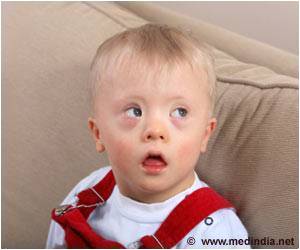One of the hottest topics in biological research is bacterial flora inhabiting the human gut.

After publishing earlier research exploring crucial links between intestinal microflora and gastric bypass, Krajmlanik-Brown convinced James Adams— director of the ASU Autism/Asperger’s Research Program—that similar high throughput techniques could be used to mine the microbiome of patients with autism. (Previously, Adams had been studying the relationship between the gut microbiome and autism using traditional culturing techniques.)
"One of the reasons we started addressing this topic is the fact that autistic children have a lot of GI problems that can last into adulthood," Krajmalnik-Brown says. "Studies have shown that when we manage these problems, their behavior improves dramatically."
Following up on these tantalizing hints, the group hypothesized the existence of distinctive features in the intestinal microflora found in autistic subjects compared to typical children. The current study confirmed these suspicions, and found that children with autism had significantly fewer types of gut bacteria, probably making them more vulnerable to pathogenic bacteria. Autistic subjects also had significantly lower amounts of three critical bacteria, Prevotella, Coprococcus, and Veillonellaceae.
Krajmalnik-Brown, along with the paper’s lead authors Dae-Wook Kang and Jin Gyoon Park, suggest that knowledge gleaned through such research may ultimately be used both as a quantitative e diagnostic tool to pinpoint autism and as a guide to developing effective treatments for ASD-associated GI problems. The work also offers hope for new prevention and treatment methods for ASD itself, which has been on a mysterious and rapid ascent around the world.
A disquieting puzzle
Advertisement
Controversy surrounds the apparent explosive rise in autism cases. Heightened awareness of autism spectrum disorders and more diligent efforts at diagnosis must account for some of the increase, yet many researchers believe a genuine epidemic is occurring. In addition to hereditary components, Western-style diets and overuse of antibiotics at an early age may be contributing to the problem by lowering the diversity of the gut microflora.
Advertisement
Source-Eurekalert












